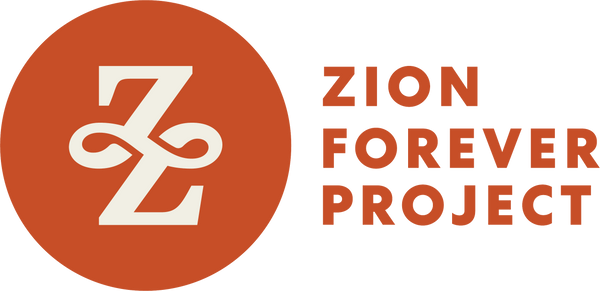The California condor, with its 10-foot wingspan, is a living symbol of resilience, recovery, and the enduring power of conservation. Once teetering on the brink of extinction, the species has made a remarkable comeback thanks to decades of dedicated effort. Zion National Park plays a pivotal role in this story, providing a sanctuary where condors can soar, breed, and inspire. But this recovery is far from complete, and the challenges are immense.
The Reaching New Heights in Condor Conservation project is designed to address one of these challenges. To commemorate the 60th anniversary of the California condor being listed as endangered in 2027, the project seeks to fit GPS transmitters on more condors in the Southwest population, increasing coverage from less than half (43%) to the majority of the population (60%). Achieving this would mark a major step forward in monitoring and protecting these remarkable birds.
“2027 will mark the 60-year anniversary of California condors being listed as endangered. Despite immense conservation successes, species recovery efforts continue,” shared Janice Stroud-Settles, Project Lead. “Increasing the percentage of the wild flock wearing GPS transmitters to 60% by this anniversary will improve the management and protection of condors, inherently aiding in their recovery.”
GPS transmitters are invaluable tools. These devices allow field crews to track condor movements in real-time, providing insights into their feeding habits, nesting behaviors, and overall health. Importantly, they enable rapid response during emergencies. In 2023, for example, the GPS-equipped birds provided crucial data during an outbreak of Highly Pathogenic Avian Influenza, helping biologists rescue eight condors.
The story of condor recovery is as much about individuals as it is about populations. Zion’s condors have names, numbers, and stories, none more poignant than that of “1K,” the first condor chick to fledge in the park in over a century. Hatched in 2019 and celebrated as the 1,000th chick in the species' recovery program, 1K became a symbol of hope. Tragically, in 2024, 1K succumbed to lead poisoning, a preventable but persistent threat to the species.
“1K’s death is a tragedy because it was premature and preventable,” said Shawn Farry, Peregrine Fund Condor Program Manager. “He had a wonderful way of endearing staff and visitors to the condor and its story, and for that, he will be missed by so many who were lucky to catch a glimpse of 1K soaring through Zion Canyon.”
The loss of 1K underscores the importance of ongoing conservation efforts, including the deployment of GPS transmitters. By better understanding where and how condors interact with their environment, conservationists can mitigate risks, from lead poisoning to disease outbreaks. This technology also enhances the experience for park visitors, ensuring that future generations can marvel at the sight of condors soaring above Zion.
As one of only three National Park Service units that provide refuge to the Arizona-Utah condor population, Zion plays a crucial role in this story. In collaboration with The Peregrine Fund, the Reaching New Heights project will deploy GPS transmitters during annual health checks, strengthening the tools available for condor recovery and ensuring that these birds continue to inspire all who see them.







